Nestled in the heart of Hangzhou, the West Lake UNESCO World Heritage Site has long been celebrated for its poetic landscapes and cultural significance. But in recent years, it has also emerged as a pioneering example of inclusive tourism in China. The West Lake Loop, a 15-kilometer scenic route encircling the lake, has undergone extensive accessibility upgrades, transforming it into one of the country’s most wheelchair-friendly destinations. This commitment to inclusivity reflects a broader shift in China’s approach to urban planning and tourism, where accessibility is no longer an afterthought but a priority.
The West Lake Loop’s accessibility features are both comprehensive and thoughtfully integrated into the natural environment. Wide, smooth pathways with gentle slopes replace uneven cobblestones, allowing wheelchair users to navigate independently. Tactile paving guides visually impaired visitors, while frequent rest areas with accessible seating offer respite. What stands out is how seamlessly these adaptations blend with the traditional aesthetics of the area—stone railings carved with lotus motifs double as safety barriers, proving that functionality and beauty need not be mutually exclusive.
Beyond physical infrastructure, the human element makes this initiative extraordinary. Staff at all major attractions undergo disability awareness training, learning to offer assistance without presumption. Electric shuttle boats equipped with wheelchair lifts ply the lake, while rental stations offer adaptive bicycles with hand pedals. The nearby Leifeng Pagoda, once inaccessible due to its hilltop location, now features a discreetly placed elevator that preserves the ancient structure’s integrity while granting everyone access to its panoramic views.
Local advocacy groups played a pivotal role in this transformation. Organizations like Zhejiang Disabled Persons’ Federation collaborated with urban planners to identify pain points through “rolling audits”—where consultants in wheelchairs tested routes firsthand. Their input led to nuanced improvements: slightly wider turn radii at bridge approaches, shaded rest spots every 500 meters, and audible traffic signals at road crossings. These details, often overlooked in standard accessibility guidelines, make the difference between theoretical access and genuine usability.
The impact extends beyond tourism. Hangzhou residents with mobility challenges report newfound independence in accessing what was previously “their lake but not their space.” Elderly visitors from across the Yangtze River Delta flock here precisely because of its accessibility reputation. International tourists with disabilities increasingly include West Lake on China itineraries, with travel blogs praising its accessibility as surpassing many Western destinations. This has spurred economic benefits—accessible B&Bs near the lake report 30% higher occupancy rates since the upgrades.
Challenges persist, of course. Some ancient causeways remain difficult to modify without compromising heritage values, requiring creative solutions like mobile ramp systems during peak seasons. Maintenance is ongoing—a lesson learned when autumn leaves initially clogged drainage grates vital for keeping pathways dry. Yet these hurdles have become opportunities for innovation, inspiring similar projects at Suzhou’s classical gardens and Beijing’s Summer Palace.
As dusk falls on West Lake, the scene encapsulates the project’s success: grandparents in wheelchairs watching grandchildren chase fireflies, young veterans photographing the moonlit waters, and international visitors exchanging accessibility tips—all moving freely along the illuminated loop. It’s a living testament that when barriers fall, humanity’s shared love for beauty thrives. Hangzhou’s experiment demonstrates how marrying cutting-edge accessibility with cultural preservation can create spaces that don’t just accommodate but truly welcome all.
The Ripple Effect: How West Lake’s Accessibility Inspires Nationwide Change
West Lake’s accessibility overhaul has become a case study for other Chinese cities. Urban planners from Chengdu to Qingdao now visit to study its integrated approach. Notably, the project influenced China’s revised Barrier-Free Environment Development Guidelines, which now mandate accessibility audits for all AAAAA-rated scenic spots by 2025. This policy shift could improve travel for China’s 85 million people with disabilities—a demographic whose tourism spending power remains largely untapped.
Technology plays an increasing role in enhancing accessibility here. A mini-program within Alipay (West Lake’s dominant payment platform) offers real-time navigation showing elevator outages, crowded areas, and accessible toilet availability. Augmented reality signage allows users to preview terrain challenges via smartphone. These digital tools complement physical infrastructure, creating a multilayered support system.
Perhaps most inspiring is how accessibility has enriched the cultural experience for all visitors. Audio guides describing the lake’s famed “Ten Scenes” now include tactile maps and scent boxes containing lotus blossoms and tea leaves for sensory immersion. Morning tai chi sessions have adaptive versions led by instructors trained in inclusive movement. These initiatives reveal an essential truth: designing for accessibility often yields innovations that enhance everyone’s experience.
The West Lake Loop stands as more than a tourist destination—it’s a statement of values. In a nation rapidly modernizing while honoring its past, this careful balancing act between progress and preservation, between inclusion and tradition, offers a blueprint for the future. As other global heritage sites grapple with accessibility challenges, Hangzhou demonstrates that with political will, community engagement, and creative design, even the most ancient landscapes can become spaces of belonging for all.

By /Jul 25, 2025

By /Jul 25, 2025
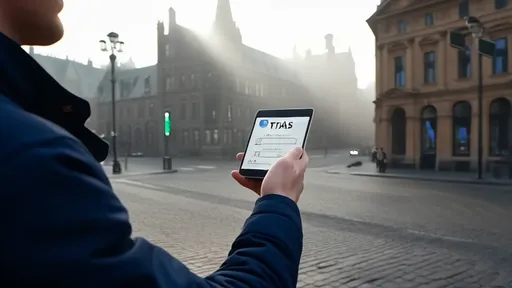
By /Jul 25, 2025

By /Jul 25, 2025
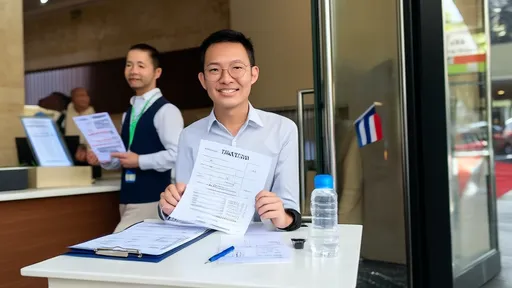
By /Jul 25, 2025

By /Jul 25, 2025
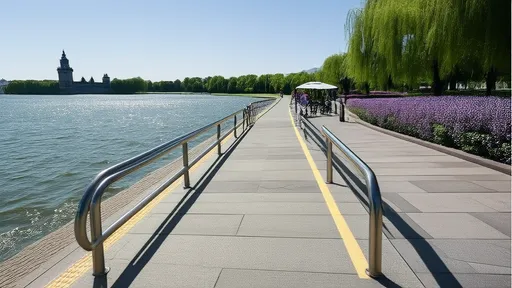
By /Jul 25, 2025

By /Jul 25, 2025
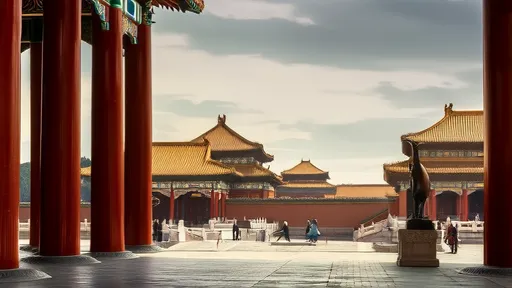
By /Jul 25, 2025

By /Jul 25, 2025
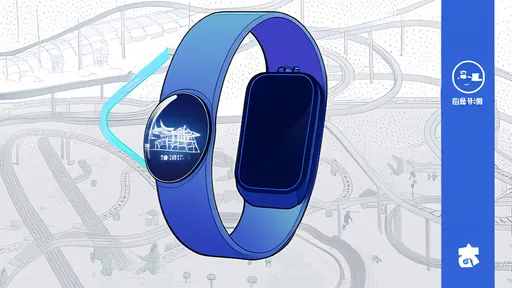
By /Jul 25, 2025

By /Jul 25, 2025

By /Jul 25, 2025

By /Jul 25, 2025
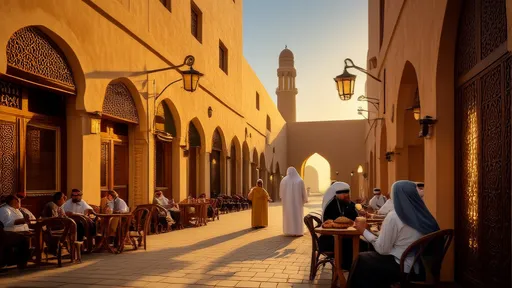
By /Jul 25, 2025

By /Jul 25, 2025
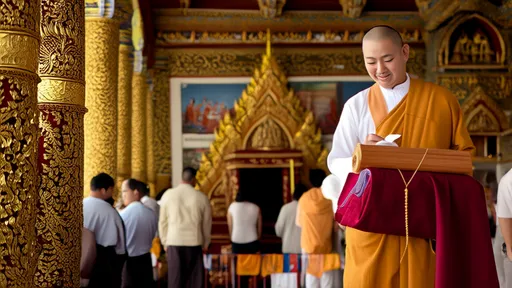
By /Jul 25, 2025

By /Jul 25, 2025

By /Jul 25, 2025
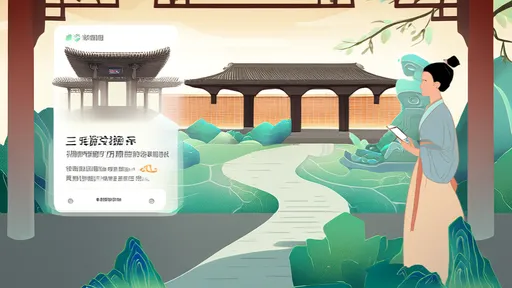
By /Jul 25, 2025